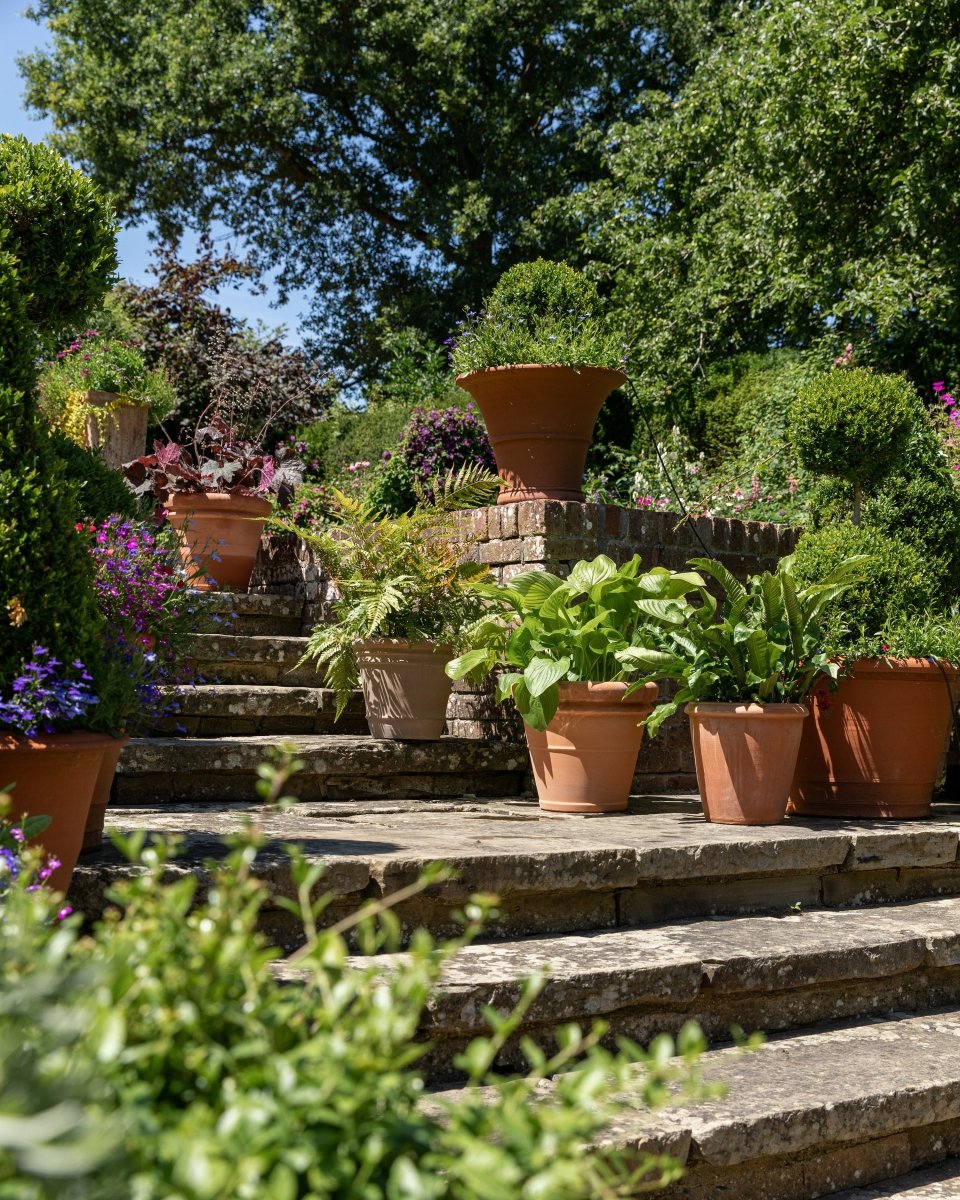Spathiphyllum 'Sensation', also known as the Giant Peace Lily, is a beautiful and popular indoor plant known for its large, dark green leaves and elegant white blooms. It’s relatively easy to care for, making it a great choice for both beginner and experienced plant enthusiasts. Here are some key tips on how to care for a Spathiphyllum 'Sensation':
1. Light Requirements
- Moderate to low light: The plant thrives in bright, indirect light but can tolerate lower light conditions. Avoid direct sunlight, which can scorch its leaves.
- If the plant is not blooming, it might need more light.
2. Watering
- Keep the soil evenly moist: Water when the top 1-2 inches of the soil feel dry to the touch. Peace lilies are sensitive to overwatering, so ensure the plant is not sitting in water.
- Use room-temperature water and allow it to drain out of the bottom of the pot to avoid root rot.
- These plants are somewhat drought-tolerant but will droop when they need water. However, frequent wilting is not good for the plant long-term.
3. Humidity
- Loves high humidity: Peace lilies are tropical plants, so they prefer higher humidity. Mist the leaves regularly or use a humidifier to keep humidity levels up, especially in dry indoor environments.
- You can also place the plant on a pebble tray filled with water to increase humidity around it.
4. Temperature
- Warm temperatures: The ideal temperature range for Spathiphyllum 'Sensation' is between 18-29°C. Avoid exposing the plant to temperatures below 15°C.
- Keep it away from cold drafts or sudden temperature changes.
5. Soil
- Well-draining, rich soil: Use a standard potting mix that retains some moisture but drains well. Adding perlite or orchid bark to the soil can improve drainage.
6. Fertilisation
- Feed during the growing season: Fertilise once a month during spring and summer using a balanced, water-soluble fertiliser diluted to half strength.
- Skip fertilising in autumn and winter when the plant is not actively growing.
7. Repotting
- Repot every 1-2 years: Spathiphyllum 'Sensation' can outgrow its pot, so repotting every 1-2 years is important. Choose a pot 1-2 inches larger than the current one.
- Spring is the best time for repotting, as the plant is in its active growth phase.
8. Pruning
- Remove yellow or damaged leaves: Trim off yellow or dying leaves at the base of the plant to keep it looking neat and to prevent the spread of diseases.
- Cut the spent flowers to encourage new blooms.
9. Pests and Problems
- Watch for pests: Common pests include spider mites, aphids, and mealybugs. Wipe the leaves with a damp cloth or use insecticidal soap if you notice pests.
- Brown leaf tips: This can be a sign of low humidity or overwatering. Adjust watering practices and increase humidity if needed.
- Yellow leaves: This often indicates overwatering. Let the soil dry out a bit before the next watering.





















